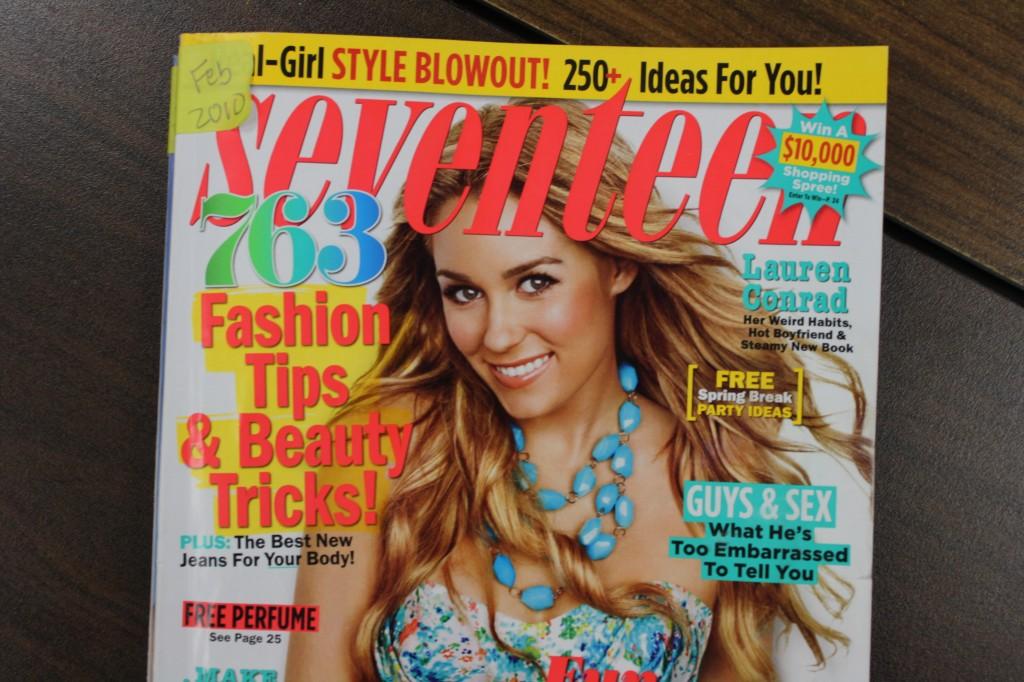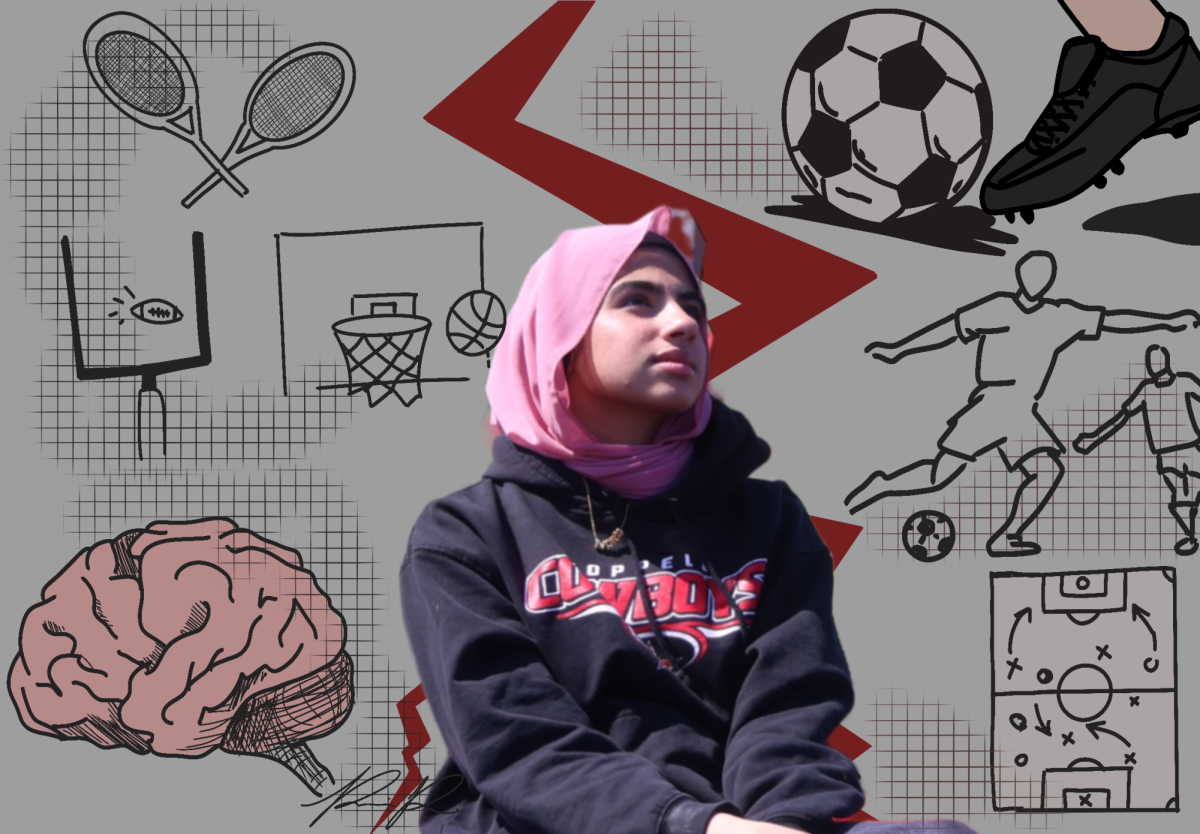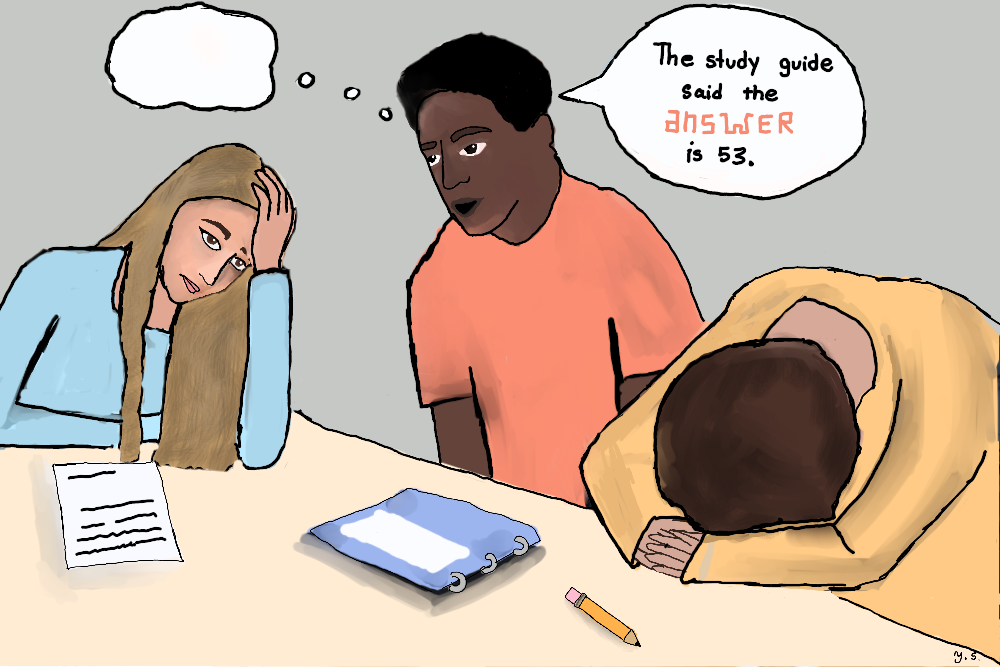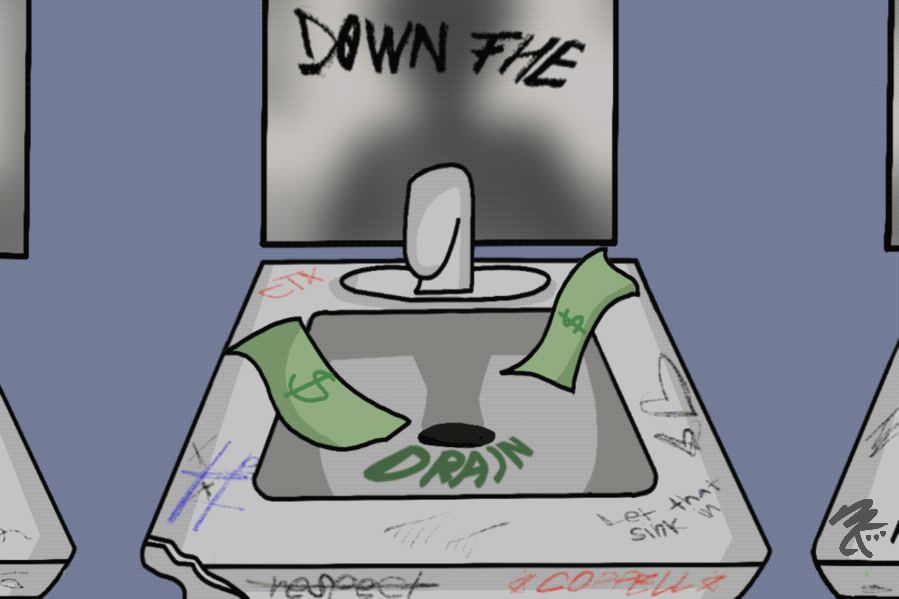by Ashley Attanucci
Staff Writer
You are intrigued by the headlines on the covers of Seventeen, Teen Vogue and Cosmopolitan as you wait in line at the grocery store. Ads, photos and advice grace the pages and fill your adolescent mind with curiosity and wonder; you know you want to buy it for only $3.99 but don’t want your parents to question your taste or intelligence.
But forget about racy photos and stick-thin models. The truth is these magazines are a form of entertainment, just like sports or car magazines are for guys. So of all media, why do teen magazines get such a bad rap?
They are accused of creating an image of a one and only type of beauty as ideal in the minds of girls -tall, skinny, high-fashion and designer: if you are not all of these things, you need improvement and if you are not one of these things, you need an utter make-over.
But teenage magazines really don’t treat all girls as if they need to be the same. They acknowledge everybody is different and address the fact by providing advice specific to different types of girls, based on interests and physical appearance. They do not attempt conform girls; they want to play up on individuality.

These magazines teach girls to embrace the body they have, such as how to find clothes that flatter figure and make-up tips to enhance physical beauty, not fight what girls cannot change. Teen magazines offer instructions for workouts, how to tighten and tone those buns, busts, arms, legs, belly; never have I seen plastic surgery advocated as an option in teen magazines.
Rather, these magazines offer ways to accentuate your good or perceivably bad features. It provides a way for girls who don’t like their eyes or nose or mouth an outlet to better their appearance without physically changing it and how to be comfortable in their natural skin.
All the while, these magazines don’t solely focus on the seemingly superficial topics. I once read an article about the Gordie Foundation, which told a personal story of a sister who lost her brother to alcohol-poisoning.
Magazines like Seventeen don’t promote exactly the ideal lifestyle, but they give tips on how to handle inevitable experiences and the girl troubles of life.
A more or less conspicuous facet of these magazines is that they let young girls explore areas of womanhood and get a look at certain aspects of a feminine character that lets girls feel ‘girly’ – lipsticks, manicures and the infamous topic of boys.
Teen magazines answer questions of inquisitive young minds about their own bodies and feelings toward the opposite sex. They help answer a girl’s questions about touchy, or awkward topics that she wouldn’t feel comfortable asking her parents. Though Seventeen should never substitute parent sex talks or moms as role models, the magazines serve as a nice supplement to parental guidance.
Teen magazines can be damaging or dangerous, but like anything else, are fine and can even be healthy or helpful in a conscious and cautious moderation.
Read the other side of the story: Maddie Walters’ “Put down that Seventeen Magazine and read this“








